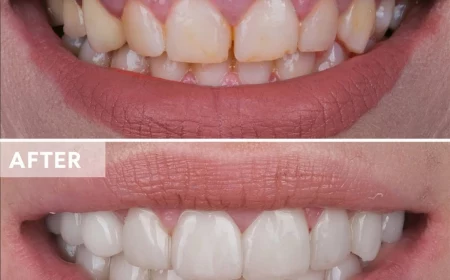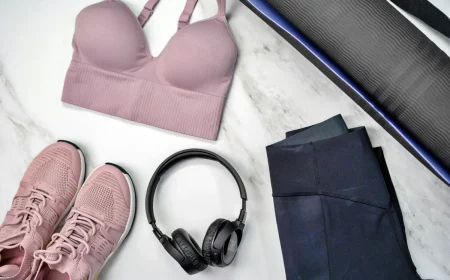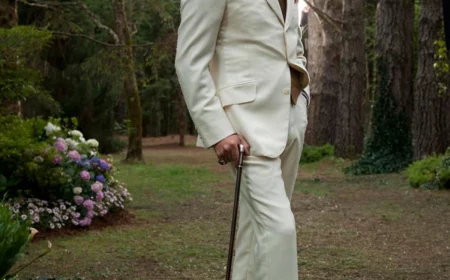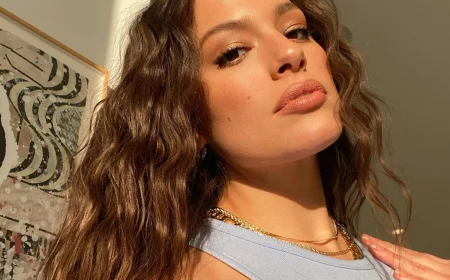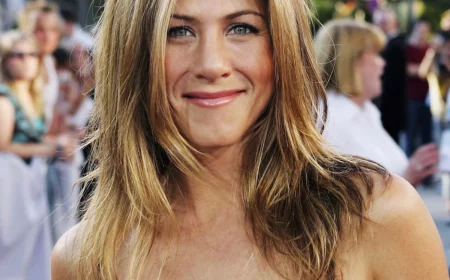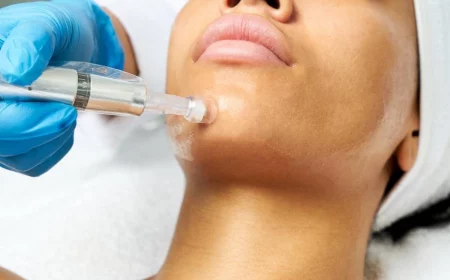Your Guide to Hair Accessories That Won’t Wreck Your Hair
After years behind the salon chair, I’ve seen it all. Trends pop up, fade away, and sometimes come back again (hello, scrunchies!). But one thing never changes: the sheer power of a good hair accessory. I’ll never forget a client who rushed in one afternoon, totally panicked. She had a huge job interview in less than an hour, and her hair was having a complete meltdown. She was about to cancel the whole thing.
In this article
Instead of trying some complicated updo, I grabbed a simple tortoiseshell clip from my kit. In a few seconds, I swept her hair into a classic French twist. The transformation was immediate. She stood up straighter, her face relaxed, and she suddenly looked incredibly polished and confident. Oh yeah, she got the job.
That moment says it all, really. Hair accessories aren’t just fluff or decoration; they’re genuine tools. The right ones can define your look, make your life easier, and, most importantly, keep your hair healthy. The wrong ones? They can be instruments of torture, causing breakage, headaches, and even hair loss. This isn’t about chasing every new fad. It’s about building a small, smart collection of accessories that truly work for you and your hair.
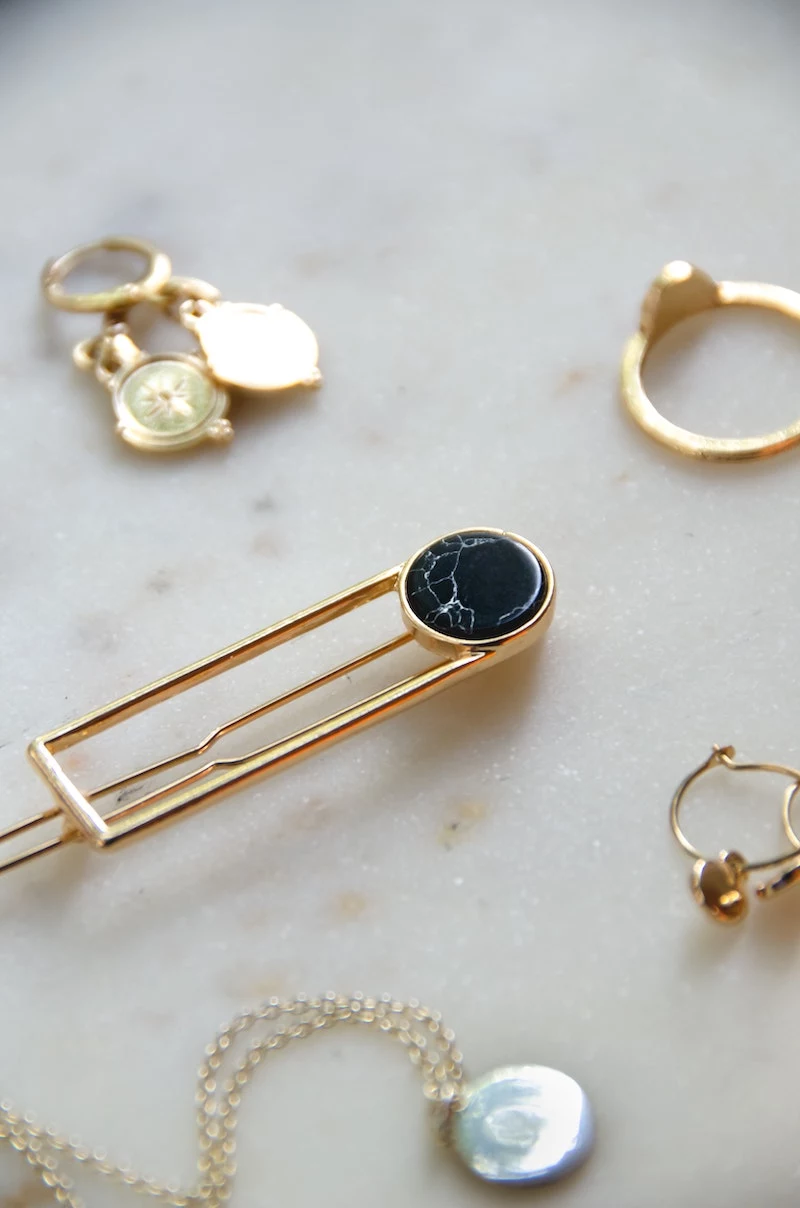
First, A Little Hair Science (The Fun Part!)
Before we get into specific styles, let’s talk about what’s actually happening when you put your hair up. You’re dealing with tension, friction, and weight. A well-designed accessory spreads those forces out evenly, so no single area is taking all the strain. A cheap, poorly made clip does the opposite—it focuses all the tension on one little spot. This is what can lead to traction alopecia, which is just a technical term for hair loss caused by constant, gentle pulling. The good news? It’s totally preventable, and it starts with picking the right materials.
Not All Materials Are Created Equal
The stuff your accessory is made of is your hair’s first line of defense. Think of your hair strands as tiny ropes. Rough materials catch and fray those ropes, leading to frizz and damage.
-
Cellulose Acetate vs. Basic Plastic: Most of the high-end clips you see the pros use are made from cellulose acetate. It’s a plant-based material that’s strong but flexible, and it’s polished until it’s perfectly smooth. Honestly, you can feel the difference. It just glides through your hair. Cheap plastic clips, on the other hand, often have tiny, sharp seams left over from the injection mold. These little ridges act like tiny saws on your hair strands. Quick tip: To spot the good stuff, look for rich, deep colors and a heavier, smoother feel. If you run your finger along the edge of a cheap clip, you can often feel that tell-tale sharp seam. It’s a dead giveaway!
-
The Magic of Silk: There’s a real reason stylists are obsessed with silk. It’s a protein fiber, and its surface is incredibly smooth, creating almost zero friction. This means less tangling and way less breakage, especially if you have fine, curly, or delicate hair. Heads up, though: be careful with anything labeled just “satin.” Satin is a type of weave, not a material, and it’s usually made from polyester. It might feel smooth, but it doesn’t have the same hair-loving properties as 100% real silk.
-
A Word on Metal: Metal accessories can be beautiful, but you have to be a detective. The surface needs to be completely smooth, with no sharp bits. The absolute number one enemy in my book is that little metal connector on cheap hair elastics. It rips out hair every single time. Please, for the love of your hair, only use seamless elastics or fabric-covered ones like scrunchies. Also, if you have sensitive skin, be aware of nickel allergies, which can cause some nasty irritation.
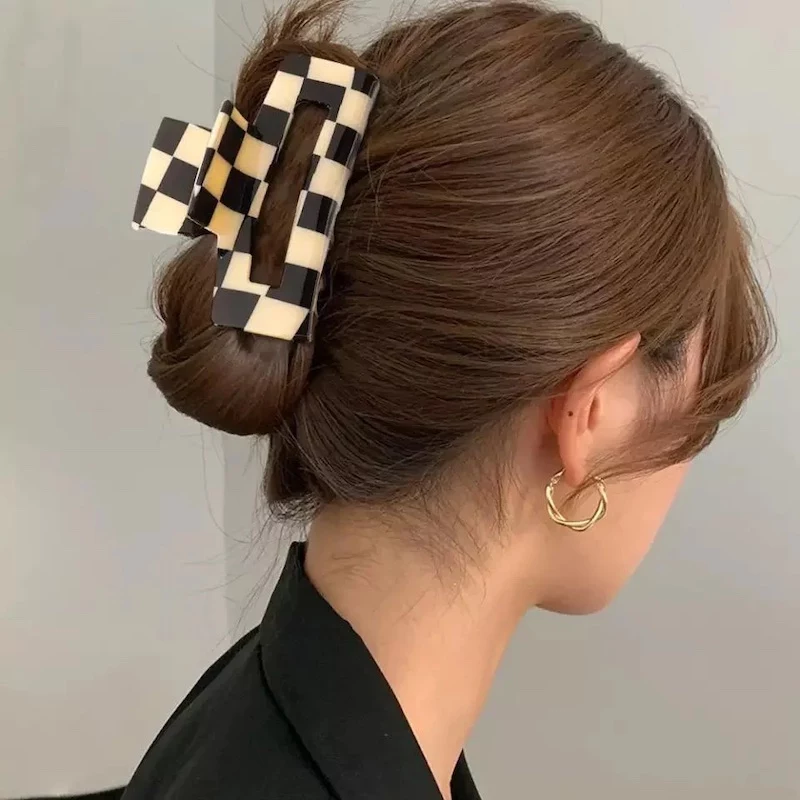
Your Go-To Accessories and How to Use Them Like a Pro
Having a great tool is one thing; knowing how to use it is another. Here are the essentials I think everyone should have and the right way to use them.
1. The Claw Clip: The Ultimate Workhorse
The claw clip is easily the most versatile tool you can own. It’s perfect for a lazy day, but you can also make it look surprisingly elegant. The secret is getting the right size and nailing the technique.
-
How to Choose: For fine or shorter hair, a smaller 2-3 inch clip usually works great. If you have thick, heavy, or super long hair, you’ll need a bigger clip (think 4-5 inches or more) with a really strong spring. When you’re at the store, open and close it. The spring should feel tight, not flimsy. The teeth should be rounded and smooth. A quality clip from a specialty store or a good online retailer might cost you between $15 and $40, but a good one can last for ages without snagging your hair. It’s a worthy investment compared to buying a new $5 clip every few months.
-
The 30-Second Twist: This is my go-to for looking put-together in a flash. Gather your hair into a low ponytail (don’t secure it). Start twisting the hair tightly, moving up toward the crown of your head. Once it’s a tight rope, fold it in half, tucking the ends against your scalp. Hold the whole shape with one hand, open the clip with the other, and secure it over the thickest part of the twist. Make sure the teeth grab hair from the twist and the hair at your scalp. That’s the anchor that makes it stay put all day.
-
Troubleshooting Slip: Got silky, fine hair that nothing stays in? I get it. A little spritz of texturizing spray or dry shampoo before you clip it up will give the hair some grit to hold onto. You can find a good one for around $10-$20 at any drugstore or salon.
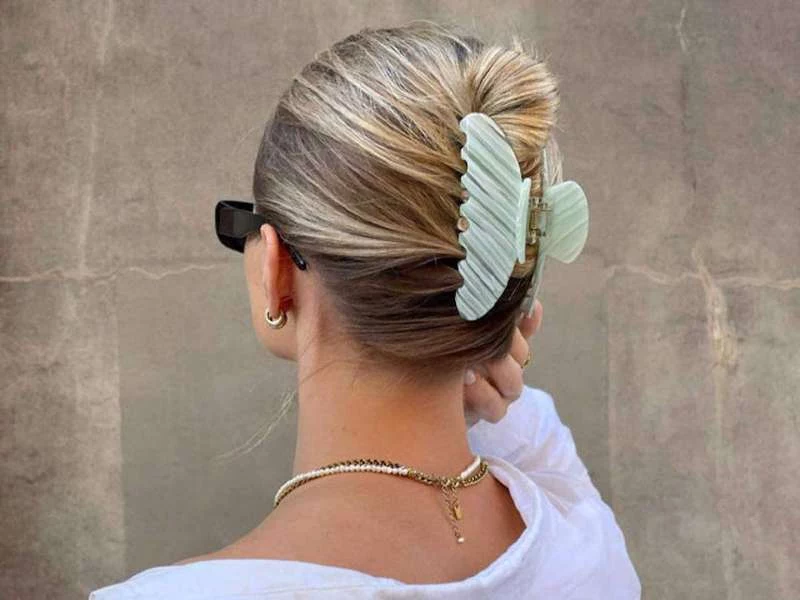
Your turn: Go grab your favorite claw clip right now. Run your finger over the teeth. Are they perfectly smooth? Now squeeze the spring. Does it feel strong or weak? This little 20-second test tells you if your clip is a friend or an enemy to your hair!
2. The Headband: More Than Just a Hair Holder
A headband does more than just keep hair out of your face. It frames your features and can even add a bit of volume. But let’s be real: comfort is everything.
-
The Fit Test: A headband should never, ever hurt. I once had a client who was getting daily headaches and couldn’t figure out why. I noticed these deep red marks behind her ears from the super-tight plastic headband she wore for work every day. We swapped it for a wider, more flexible fabric band, and the headaches vanished. When you try one on, it should feel snug, not like it’s pinching. Padded velvet headbands are often a great choice because the padding distributes the pressure, and the velvet texture helps it grip your hair without sliding.
-
Pro Placement: To avoid that weird bump of hair behind the band, don’t just shove it straight back. Place it about an inch from your hairline, then use your fingers to gently pull a few small pieces of hair forward to soften the look. For a little volume, place the band and then gently push it forward about half an inch. Voila, instant lift at the crown.
-
Quick Tip for Glasses-Wearers: If you wear glasses, the pressure from a headband can be a real pain. Look for thin, flexible bands, or try placing the ends of the headband just above where the arms of your glasses sit. It makes a world of difference.

3. Silk & Velvet Scrunchies: The Gentle Giants
The scrunchie is back, and frankly, the modern ones are one of the best things you can use. They are my number one recommendation for sleeping with your hair up or for anyone with fragile or color-treated hair.
-
Why They Work: A good scrunchie does two things. The fabric creates a soft buffer between your hair and the elastic inside, preventing snagging. And because it’s wider, it distributes the ponytail’s tension over a larger area, which means no more ponytail headaches or that annoying dent when you take it down.
-
Spotting Quality: A good silk scrunchie feels cool and buttery smooth; you can usually get a set of three for $15-$30. A cheap polyester one feels more plasticky and can create static. The elastic inside should be strong but stretchy. If it feels like it might snap after a few uses, it probably will.
-
The Pineapple Trick: For my curly-haired friends, the best way to protect your curls overnight is the “pineapple.” Flip your head over, gather all your curls into a very loose, high ponytail right on top of your head, and secure it with a large silk scrunchie. You’ll wake up with your curl pattern intact and frizz-free.
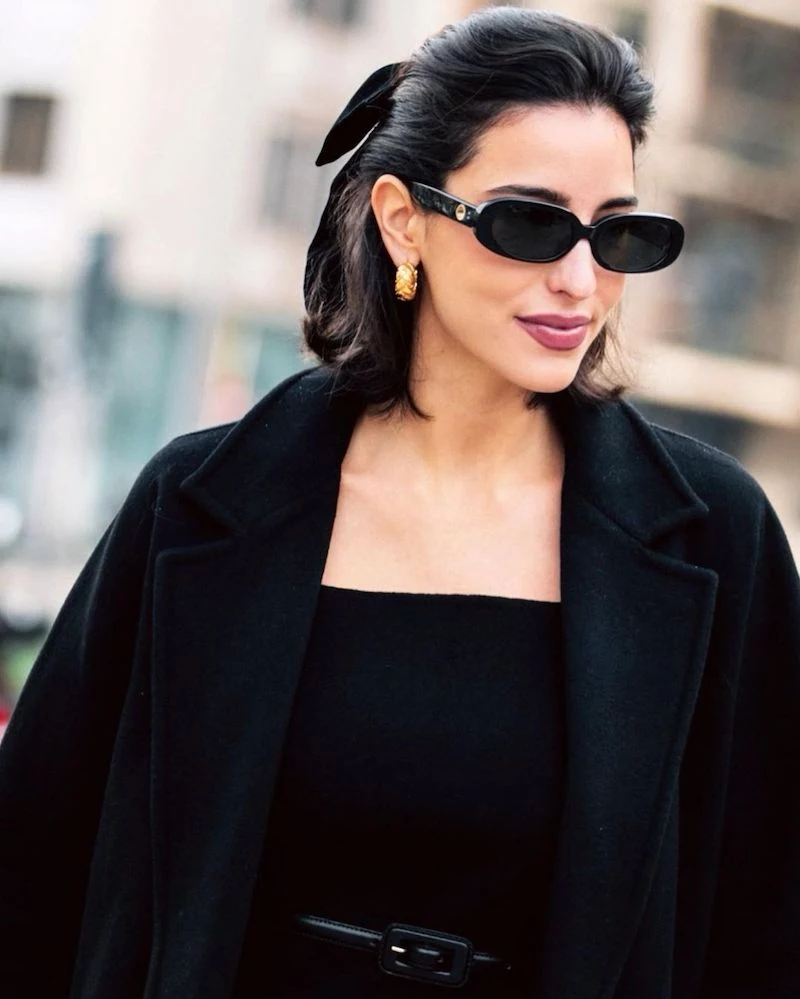
4. Decorative Pins & Barrettes: The Finishing Touch
Think of these little guys as jewelry for your hair. Their job is to add a little sparkle or a pop of color, not to do heavy lifting.
-
The Secure-Then-Decorate Method: The biggest mistake I see is people trying to hold back a thick chunk of hair with one tiny, decorative barrette. The clasp just isn’t built for that! Here’s the trick: First, secure the hair with something that’s actually meant for holding, like two bobby pins crossed in an ‘X’. Then, place the pretty barrette right on top to hide the bobby pins. The bobby pins do the work; the barrette gets the glory. Your style will be bulletproof.
-
Inspect Before You Buy: Before you purchase any pin or barrette, run your finger along all the edges, especially near the clasp. If you feel anything sharp or snaggy, put it back. Those little flaws will shred your hair, especially on cheaper, mass-produced pieces you might find for under $10.
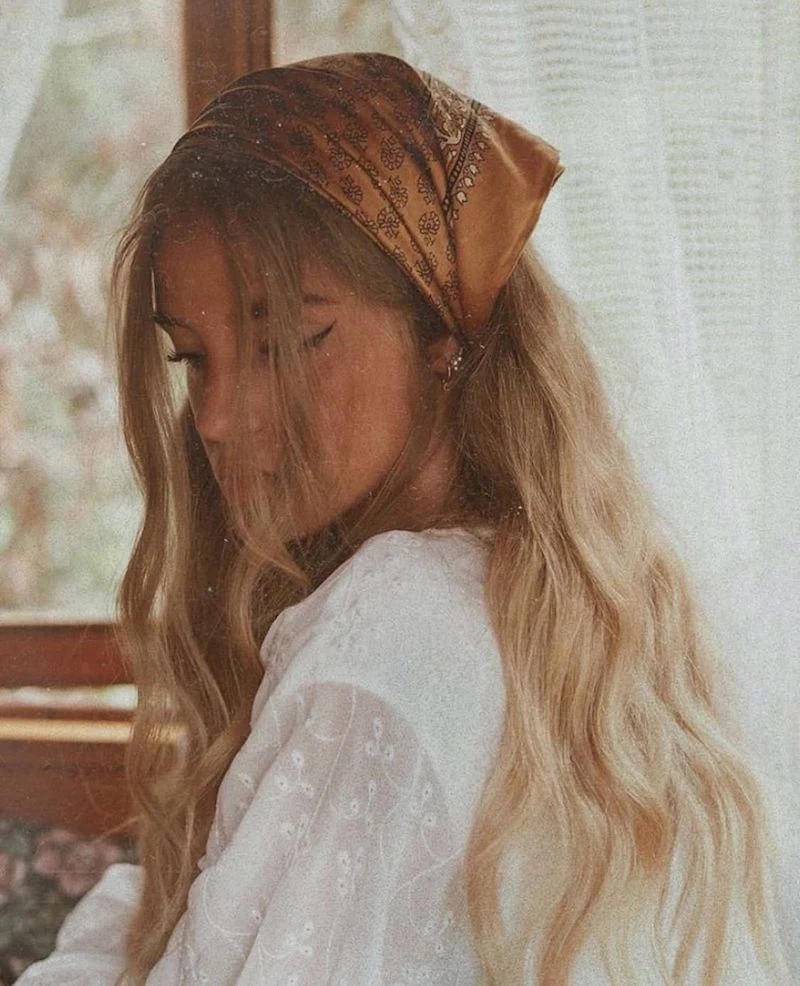
How to Clean Your Accessories
By the way, these things can get pretty gross with hairspray, oil, and dust. Cleaning them is easy and helps them last longer.
-
Plastic & Acetate Clips: Just use a little mild soap and warm water. For stubborn gunk from hair products, an old toothbrush works wonders to scrub the crevices. Let it air dry.
-
Silk or Velvet Scrunchies & Headbands: Treat these delicately. Hand wash them in a bowl of cool water with a tiny drop of gentle detergent (like Woolite) or even baby shampoo. Swish them around, rinse thoroughly, and gently squeeze out the excess water—don’t wring them out! Lay them flat on a towel to dry.
-
Metal Barrettes & Pins: Usually, a simple wipe-down with a soft, dry cloth is enough. If they get sticky, a slightly damp cloth will do the trick. Avoid harsh chemical cleaners that could damage the finish.
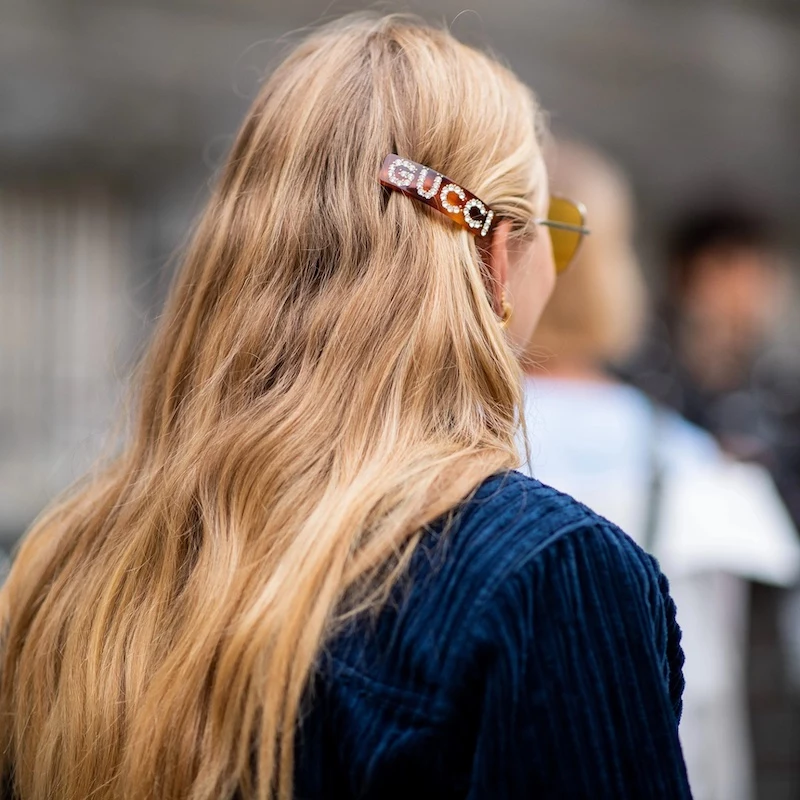
Building Your Hair Accessory Kit
You don’t need a million accessories, just a few good ones. Think of it as a capsule wardrobe for your hair.
-
The Workhorses (Invest Here): Get one or two high-quality cellulose acetate claw clips in a neutral color like tortoiseshell or black that fits your hair type. Budget $20-$40 for one that will last. Also, a pack of 3-4 pure silk scrunchies for daily wear and sleeping ($15-$30).
-
The Functional Basics: A pack of good bobby pins (the ones with a firm grip and coated tips that don’t flake off) and some small, seamless clear elastics are essential. You can get these for under $10 at any drugstore.
-
The Statement Pieces (Have Fun!): This is where you can play. A cool padded headband, a set of elegant pearl pins, or a gorgeous bow. These can range from $15 to $50, depending on how fancy you want to get.
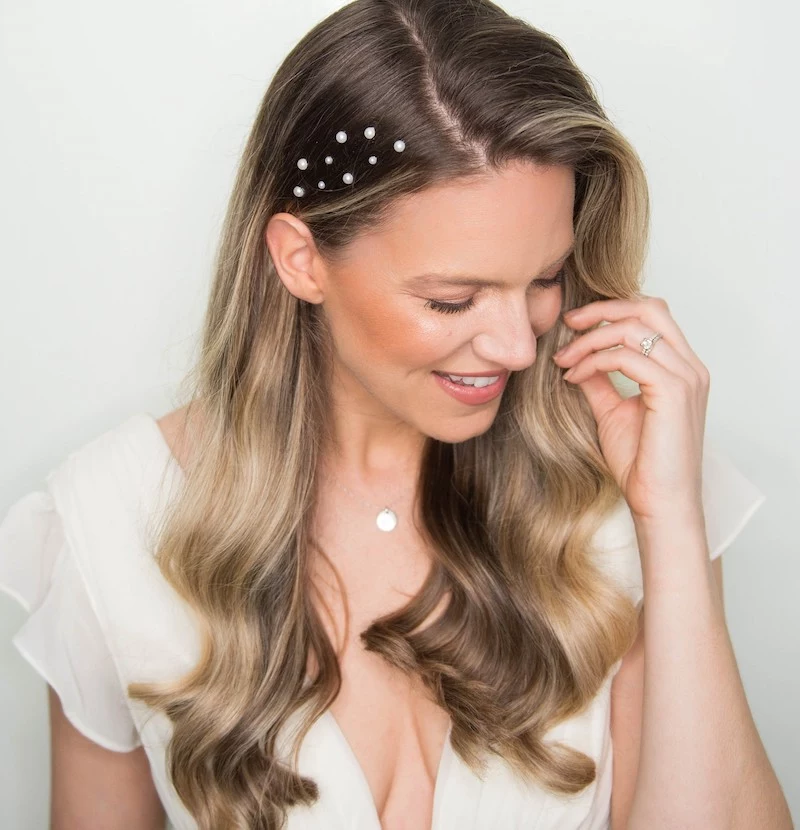
A Few Final Words of Warning (Please Read!)
My main job is to protect the health of your hair, so I have to say this. Any style or accessory that constantly pulls on your scalp can cause real damage over time. So, before you go, let’s make sure you avoid the most common mistakes I see:
-
Don’t ignore pain. If a hairstyle gives you a headache or makes your scalp feel tender, it is TOO TIGHT. Take it down immediately. Try to vary your styles day-to-day to give your hair follicles a break.
-
Never sleep in hard accessories. Sleeping with clips or tight barrettes is a recipe for major breakage. The only exception is a loose, high ponytail secured with a soft silk scrunchie.
-
Ditch damaged tools. If a claw clip gets a broken tooth or a barrette is bent, toss it. A damaged tool is a dangerous tool.
-
Know when to see a pro. Accessories are amazing, but they can’t fix underlying health problems. If you’re dealing with serious hair shedding, an itchy scalp, or widespread breakage, it’s time to see a hairstylist or a dermatologist. Don’t just use a clip to hide a problem that needs real attention.
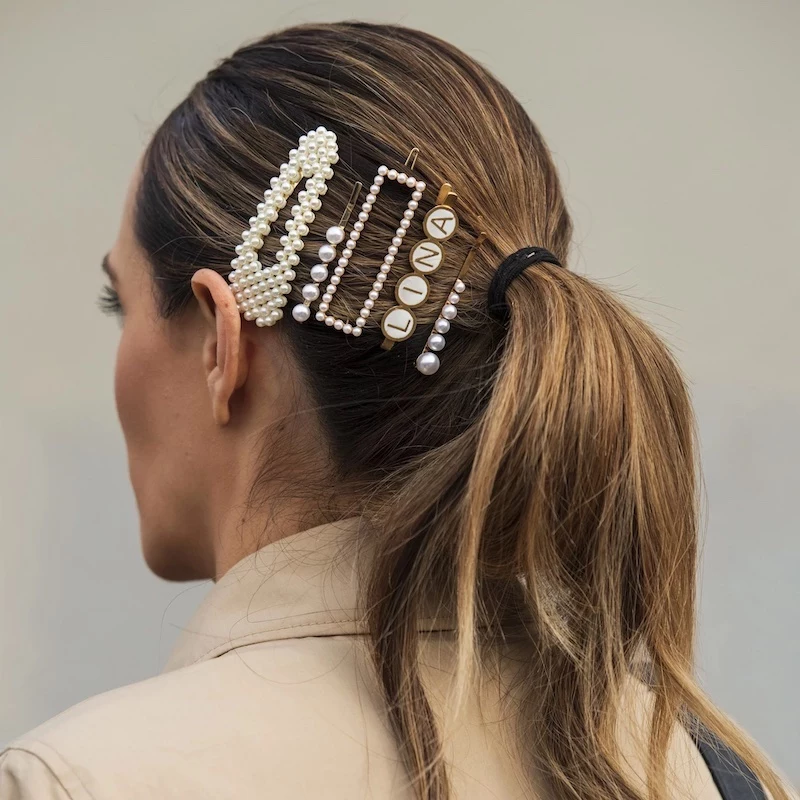
Ultimately, choosing the right hair accessory is a small act of kindness for yourself. When you invest in good materials and learn how to use them, you’re not just making styling easier—you’re protecting the health of your hair for the long run. And trust me, your hair will thank you for it.
Inspirational Gallery
The hidden danger in your hair tie: That tiny metal connector. When stretched, it can grab and sever individual hair strands, creating a halo of frizz and breakage around your ponytail base. Opt for seamless elastics, like the popular ones from Goody or Scünci’s no-damage lines, to keep your hair intact.
Silk Scrunchies: Made from pure silk, brands like Slip or Blissy create a frictionless surface that lets hair glide, reducing tangles and breakage, especially while sleeping.
Velvet/Cotton Scrunchies: While softer than a bare elastic, their texture can still cause some friction. They offer a good grip for daytime wear but are less ideal for overnight protection.
For hair health, silk is the undisputed winner, making it a worthy investment.
Is your hairstyle giving you a headache?
Absolutely. When a clip or tie is too tight or poorly balanced, it pulls on the scalp’s delicate nerves and muscles, especially around the temples and nape. The ideal accessory, like a well-shaped French pin or a large claw clip from a brand like Emi Jay, distributes the weight of your hair evenly, providing a secure hold that feels weightless, not vice-like.
According to the American Academy of Dermatology, any hairstyle that constantly pulls on the hair can cause traction alopecia. The hair loss may be permanent if you don’t stop the pulling.
Think of your hair accessories as the finishing touch to your personal style, just like jewelry. For a minimalist, modern look, a sleek metal barrette or geometric slide adds a touch of polish without overwhelming. For a softer, more romantic vibe, consider a tortoiseshell clip in a warm hue or a padded headband in a luxe fabric. The key is to choose pieces that reflect you.
- For Fine Hair: Look for smaller claw clips with interlocking teeth that grip without slipping. Matte finishes often provide extra hold.
- For Thick Hair: You need size and strength. Opt for large, curved clips made from high-quality cellulose acetate, like those from France Luxe, which can comfortably hold a lot of hair.
- For Curly Hair: Open-shape clips or hair forks are fantastic, as they hold the hair’s volume without crushing the curl pattern.
Did you know? The best-in-class material for hair clips, cellulose acetate, is a bio-plastic made from wood pulp and cotton fibers.
Unlike standard petroleum-based plastic, this natural origin is why acetate can be polished to an almost liquid smoothness. Those tiny, hair-shredding seams from injection molds are non-existent. It’s a choice that’s not only kinder to your hair but also a step towards more sustainable materials in your beauty routine.
The simple ponytail can be so much more. Instantly elevate it from a gym-day staple to a chic statement with the right accessory.
- Wrap the base with a printed silk scarf for a touch of bohemian flair.
- Secure it with a leather or metal ponytail cuff for a polished, architectural look.
- Use a U-shaped hair pin or fork, weaving it through the base for an elegant, minimalist hold that seems to defy gravity.
- It glides in and out of your hair without a single snag.
- The color and finish remain rich and deep, never chipping or fading.
- It provides a firm, comfortable hold that lasts all day long.
The secret? Investing in a single, high-quality piece. A hand-poured cellulose acetate clip or a polished metal barrette might cost more upfront than a pack of plastic ones, but it’s designed to be a beautiful, functional tool you’ll use for years.
Keep your quality accessories in prime condition. Gently wipe your cellulose acetate and metal clips with a soft, damp cloth to remove hair product buildup. Store them in a soft pouch to prevent scratches, ensuring they remain as beautiful and hair-friendly as the day you bought them.

